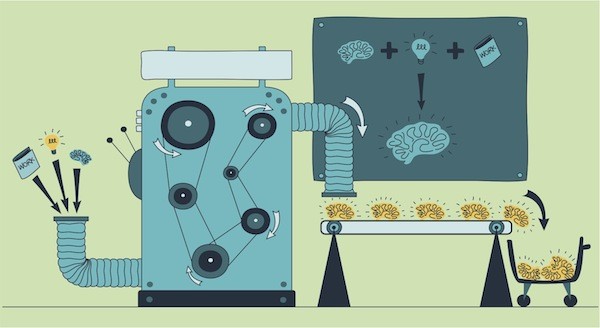The Media Oxpecker: How to Outsource Journalistic 'Scut Work'
july 6, 2012 12:23 pm

How your Oxpecker gets made. (Julie Lucht/Shutterstock)